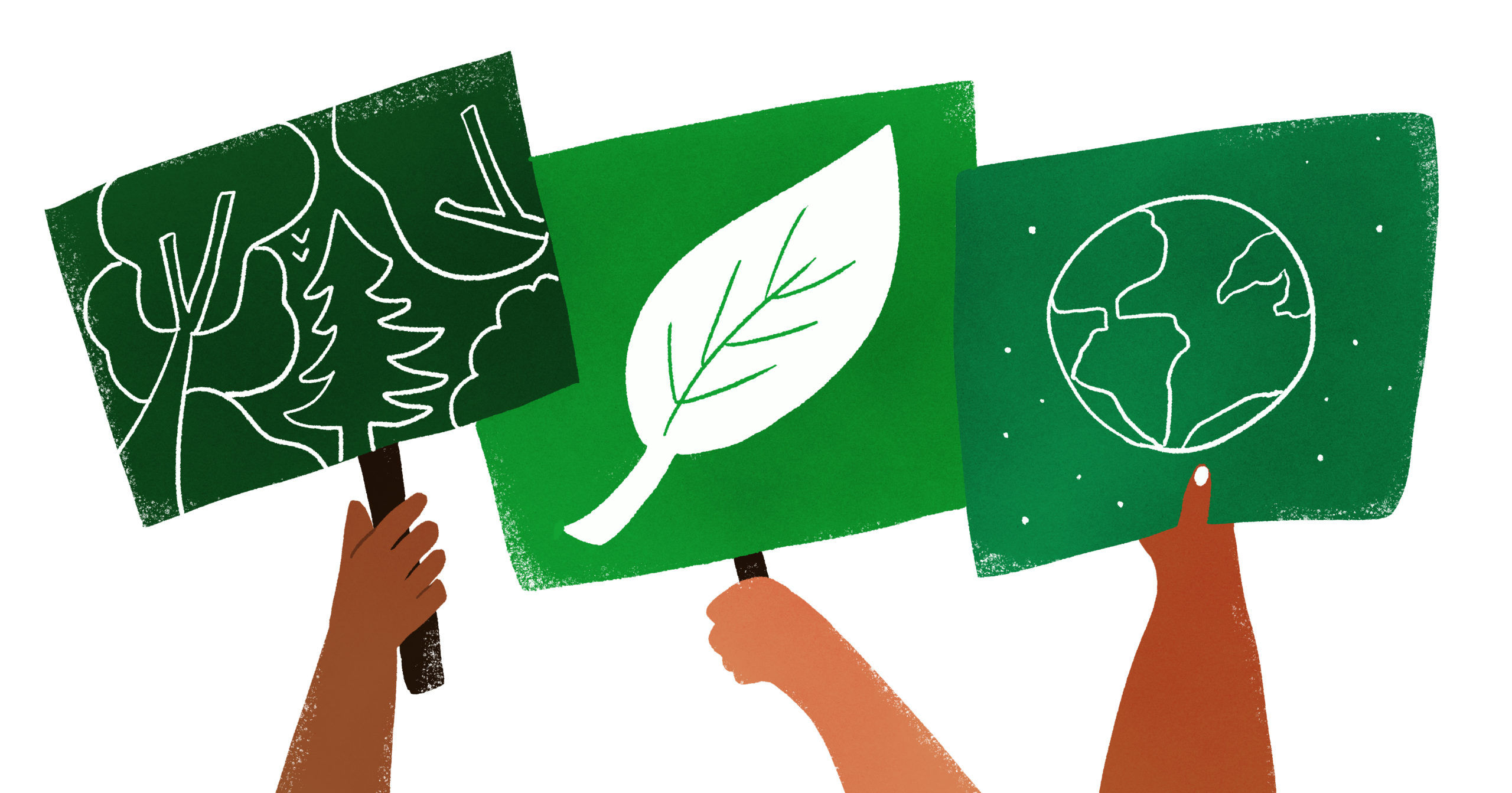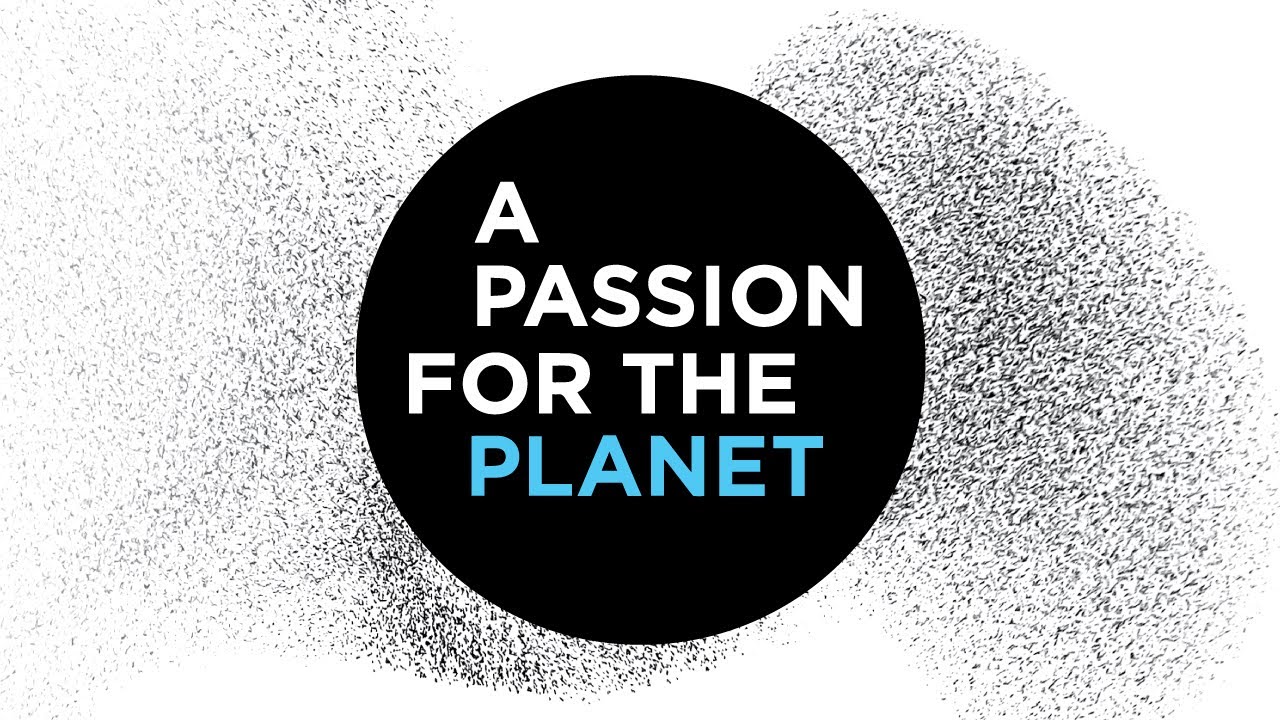by Jamie Saxon, Office of Communications
This article was originally published by the Office of Communications at Princeton University. OTH received permission to republish this article and the original story can be viewed here.
Since 2014, this interdisciplinary program housed in the School of Architecture has brought together students and faculty with an interest in cities and the built environment through public programming and a series of undergraduate and graduate courses.
A critical component of the initiative is a fellowship program that brings a small select cohort of scholars to campus annually.
In addition to their own research, the Princeton Mellon Fellows teach courses and contribute to programming related to the initiative’s continuing theme, “Cities on the Edge: Hemispheric Comparisons and Connections.” This theme explores the ways in which cities exist on the edge of sustainability and climate change, are sites for the connective and comparative study of migration, and allow for scholarship that foregrounds hemispheric comparisons and connections. The program also creates opportunities for social justice-oriented scholarship and civic engagement within urban studies.
Fellows also present and discuss their research as part of the Mellon Forum on the Urban Environment, which serves as the intellectual core of the program.
Principal investigators Mario Gandelsonas, the Class of 1913 Lecturer in Architecture, professor of the School of Architecture and director of the Program in Urban Studies, and Alison Isenberg, professor of history, lead the cohort.
Gandelsonas said the fellows contribute in important ways to the School of Architecture (SoA), where their impact in the classroom inspires and informs the work of undergraduate and graduate students.
“The Mellon Initiative Fellows have been teaching courses at the SoA that expand the range of offerings and subjects with a focus on urbanism, urban architecture and planning,” he said. “The influence of these very well-attended courses is visible particularly in the graduate program, where an increasing number of students have been proposing themes for their master’s theses related to urban and environmental issues.”
Each year, one of the fellows also co-teaches with Gandelsonas the undergraduate interdisciplinary urban studio (ARC205) at the School of Architecture. “The role of the Mellon fellow has been, on one hand to develop a seminar that is an integral part of this unique studio, and on the other hand to bring an interdisciplinary voice that expands and enriches the development of the student projects,” Gandelsonas said.
‘A truly interdisciplinary cohort’
From initial partnerships with the School of Architecture, the Humanities Council and the Program in Latin America Studies, the Mellon Initiative now works with most academic units across campus. The initiative collaborates closely with High Meadows Environmental Institute, PIIRS, SPIA, the Lewis Center for the Arts, and the Metropolis Project of the School of Engineering and Applied Science, as well as many humanities departments to bring in each year’s Mellon Fellows. These connections, Isenberg said, “creates a truly interdisciplinary cohort.”
Every fellow teaches at least one course, which in some cases helps campus partners fill shifting demands in methods or topics.
“We bring to campus top scholars in disciplines with large student interest but no Princeton department, for example, in fields like urban planning and geography,” said Isenberg, who has worked with the Mellon Initiative since its launch. She added that these courses also serve the University by “bridging humanities and the arts to engineering, policy and environmental studies.” Fellows also have helped campus partners expand scholarship in fields such as trans and queer studies, and gender and sexuality studies.
“Having a call for interdisciplinary fellows each year enables us to hire a dynamic group of scholars who are at the leading edge of their fields,” said Aaron Shkuda, program manager of the Princeton Mellon Initiative and a lecturer in architecture. Often the fellows have combined advanced degrees from several fields such as landscape architecture and geography, urban planning and international development, or engineering and anthropology.
“This interdisciplinarity helps illuminate the research and teaching opportunities of the fellows program,” Isenberg said.
New areas of research and scholarship
Shkuda added that the fellows have an important impact on the future direction of teaching and research on cities and the built environment at the University.
“Our fellows design programming and classes that draw broad interest from students, faculty and the public at large,” he said. “They are often among the first Princeton scholars to focus on topics that have come to define discourse across the disciplines, such as the way climate change has changed our view of urban planning and architecture; the intersection between race, gender and the urban environment; the study of camps, prisons and borders; and the way that architecture was critical to nation-building in postcolonial societies.”
Isenberg said that the biggest development since the Mellon Initiative’s inception in 2014 has been the University’s decision to continue the program beyond 2025, the final year of support from the Mellon Foundation.
In many ways that was the Mellon Foundation’s goal, Isenberg noted. Princeton is one of more than a dozen research universities and institutes in the U.S., Canada, U.K., and South Africa that the Mellon Foundation engages and connects through its Architecture, Urbanism, and the Humanities initiative.
“The Foundation helped spark new research and teaching collaborations that maximized the unique departmental and programmatic configuration of each university or institution,” she said. “At Princeton, the initiative demonstrated the intellectual vitality of this field at the intersection of architecture, urbanism and the humanities, while simultaneously joining forces with existing programs on campus to strengthen their respective priorities.”
Below, meet this year’s fellows and learn about the focus of their research and teaching in the classroom.
Chandana Anusha
Chandana Anusha is a scholar of social and environmental dynamics in India, with a special interest in coastal regions. Her research focuses on how ecological and infrastructural processes intersect in an era defined by climate change and global trade.
This spring, she is teaching the course “Coastal Justice: Ecologies, Societies, Infrastructures in South Asia.”
Anusha’s fellowship is made possible by the Andrew W. Mellon Foundation, the M.S. Chadha Center for Global India and the Princeton Institute for International & Regional Studies.
Devanne Brookins
Devanne Brookins’research explores comparative urban studies, urban transformation and the production of inequality, with a focus on African cities. This agenda is driven by a desire to understand how urban transformations in Sub-Saharan Africa reflect and differ from those in regions that have bridged the urban transition in earlier periods.
With urbanization and transformation proliferating across Africa, many urban development interventions are taking place amid questions regarding the governance of urban land: how it is assembled, how the value is captured and distributed, and who has access. These contemporary processes of urbanization, expansion and restructuring are producing concerning patterns of inequality. Brookins examines how urban inequality is manufactured through governance processes as socio-political compromises that become spatially embedded in land and the built environment.
This spring, she is teaching two graduate courses in Princeton’s School of Public and International Affairs: “Urbanization and Development” and, with Keith Wailoo, the Henry Putnam University Professor of History and Public Affairs, “Identity, Power and Policy.”
Dean Chahim
Dean Chahim’s research examines the relationship between engineering, political power and the production of urban environments. His current project is an ethnography and history of flood control engineering and urbanization in Mexico City. It examines how engineers, under political pressure to enable urban growth, have transformed flooding into a routinized and spatially diffuse form of environmental suffering that disproportionately affects the urban poor.
This spring, he is teaching the undergraduate course “Engineering Justice and the City: Technologies, Environments, and Power.”
His fellowship is made possible through the support of the Andrew W. Mellon Foundation, the Humanities Council, the University Center for Human Values, the Metropolis Project, and the Department of Civil and Environmental Engineering.
Chukwuemeka V. Chukwuemeka
Chukwuemeka V. Chukwuemeka is an architect and urbanist with international experience in project development, project management and systems design. His research is on emergent dynamics and self-organization processes of spatial productions in rapidly urbanizing sub-Saharan African cities, with a focus on Onitsha Markets in Nigeria.
In fall 2021, he and Gandelsonas co-taught the undergraduate course “Interdisciplinary Design Studio” for certificate students in the Program in Urban Studies.
Chukwuemeka’s fellowship is made possible by the Andrew W. Mellon Foundation, the Program in African Studies, and the Princeton Institute for International & Regional Studies.
Seth Denizen
Seth Denizen is a researcher and design practitioner trained in landscape architecture and human geography. His published work is multidisciplinary, addressing art and design, microbial ecology, soil science, urban geography and the politics of climate change. He is currently a member of the editorial board of Scapegoat Journal: Architecture/Landscape/Political Economy.
In fall 2021, he taught the undergraduate course “Thinking Through Soil.”
Denizen’s fellowship is sponsored by the Andrew W. Mellon Foundation and the High Meadows Environmental Institute.
Shoshana Goldstein
Shoshana Goldstein’s research explores the impacts of India’s economic liberalization on urban planning, governance, and placemaking for migrant and formerly agrarian communities in peri-urban New Delhi. Her current project charts the complex planning history of Delhi’s satellite city, Gurgaon.
In fall 2021, she taught the undergraduate course “South Asian Migrations.” This spring, she is teaching an undergraduate policy research seminar.
Goldstein’s fellowship is sponsored by the the M.S. Chadha Center for Global India, the Princeton Institute for International & Regional Studies, and the Princeton School of Public and International Affairs.
Davy Knittle
Davy Knittle’s research considers how normative ideas of race, sexuality and gender have shaped the redevelopment of the built and non-built environments of U.S. cities from the 1950s to the present. His current book project, “Designs on the Future: Gender, Race, and Environment in the Transitional City,” uses a multidisciplinary archive of literary and cultural texts to trace resistance to dominant narratives of urban progress.
“Designs on the Future” engages a queer and trans method of reading urban and environmental change that identifies the entanglement of urban, environmental, and queer and trans experiences of loss in U.S. cities in the wake of urban renewal.
This spring, he is teaching the undergraduate course “Race, Gender and the Urban Environment.”
Knittle’s fellowship is sponsored by the Andrew W. Mellon Foundation, the Effron Center for the Study of America and the High Meadows Environmental Institute. The fellowship will span the spring and fall 2022 semesters.

 UPROSE
UPROSE

